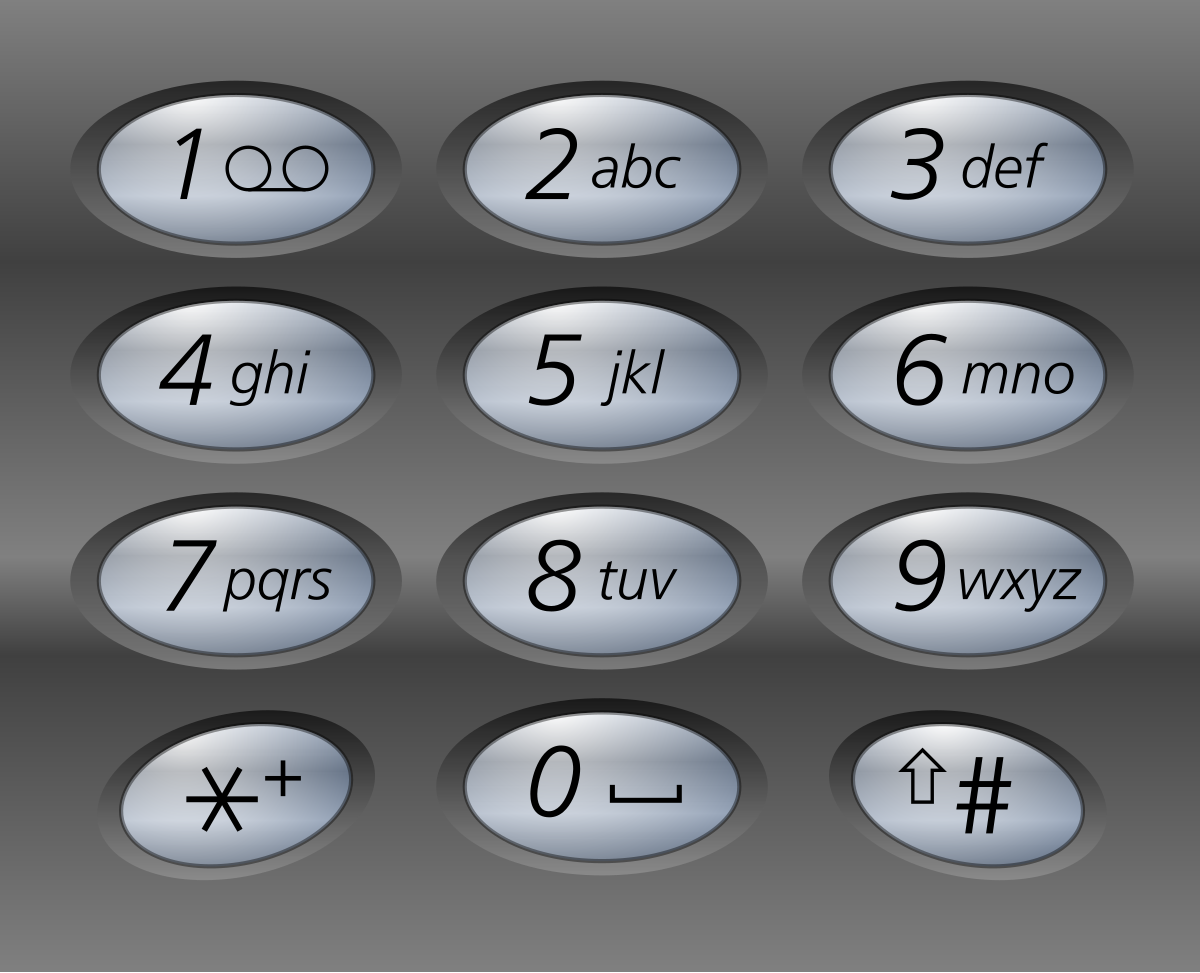Description
Given a string containing digits from 2-9 inclusive, return all possible letter combinations that the number could represent. Return the answer in any order.
A mapping of digits to letters (just like on the telephone buttons) is given below. Note that 1 does not map to any letters.

Example 1:
Input: digits = “23” Output: [“ad”,“ae”,“af”,“bd”,“be”,“bf”,“cd”,“ce”,“cf”]
Example 2:
Input: digits = "" Output: []
Example 3:
Input: digits = “2” Output: [“a”,“b”,“c”]
Constraints:
0 <= digits.length <= 4digits[i]is a digit in the range['2', '9'].
Code
class Solution {
const vector<string> pad = {
"", "", "abc", "def", "ghi", "jkl",
"mno", "pqrs", "tuv", "wxyz"
};
public:
vector<string> letterCombinations(string digits) {
vector<string> res;
if(digits == "") return res;
int n = digits.length();
string cur = "";
dfs(digits, 0, n, cur, res);
return res;
}
void dfs(string& digits, int idx, int n, string& cur, vector<string>& res) {
if(idx == n) {
res.push_back(cur);
return;
}
int key = digits[idx] - '0';
for(char k: pad[key]) {
cur += k;
dfs(digits, idx + 1, n, cur, res);
cur.pop_back();
}
}
};